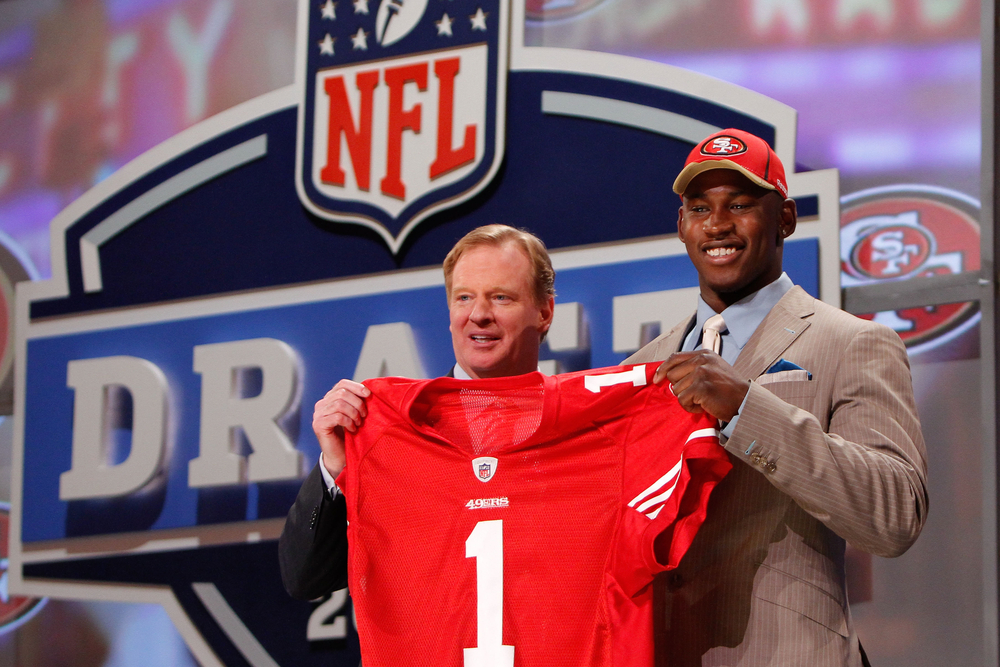You might have noticed just a ‘little bit’ of volatility over the past couple of weeks. Following the Brexit, stock prices plunged nearly 6% on enormous turnover only to recover almost all of those losses in four short days. Just an amazing turn in such a short period of time, if you blinked you missed it.
Now, not every stock has recovered to their ‘pre Brexit’ levels, yet some stocks are actually higher than they were during those darkest market hours. How does one explain the rationale or logic? It’s nearly impossible to gauge the emotions that are going on in every investor’s head, but suffice to say the institutional money sits there waiting for opportunity – and strikes like a cobra with precision and accuracy.
Institutional money, or hedge funds/trusts/pensions/mutual funds are mostly your slow and methodical buyers. They are not your high frequency traders or algo rhythm programs (though several of them do employ these strategies). No, the big money takes their time and collects stock for their portfolios when the conditions are right, and they are able to make a footprint without much fanfare. They are looking for BIG returns, not the quick turns of stock operators who flip shares for a living.
I like to follow the big money, often say that I would like to a ‘fly on an elephant’s ass’, preferring to follow the smart money to guide the way. But the big money does not want to be noticed, as that tends to drive up prices quickly. Institutional sponsorship in companies is achieved by the old saw of ‘buy low, sell high’. Holding periods are quite long for many, we are talking many years.
Opportunities to buy stuff on sale does not come up too often when the conditions are ripe for equities to be strong (as it may be currently), so big drops as we had at the end of June present great chances for the big buyers to get a foothold while the rest of the crowd is going to the sidelines. The big money is the smart money and usually wins – we should all think more like the big money.




